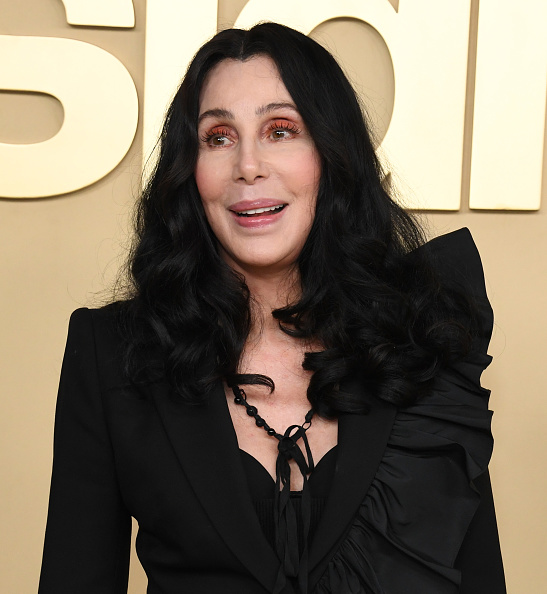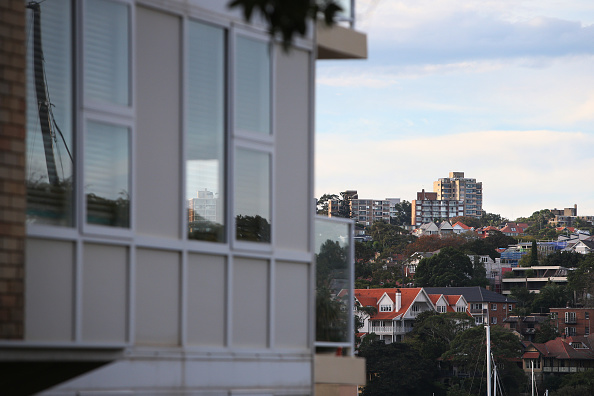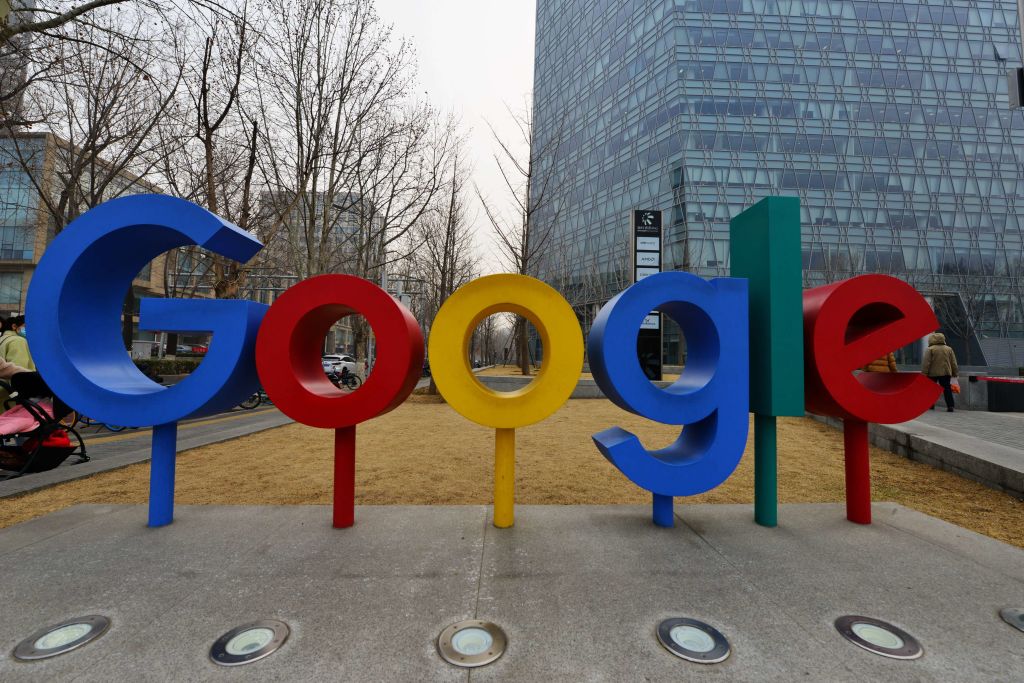Cher Wants $85 Million for Her Venice-Inspired Malibu Home
The singer and actress says the Italian Renaissance-style house took nearly five years to build
The singer and actress Cher is listing her longtime home in Malibu, Calif., for $85 million.
The Italian Renaissance-style estate, built in 1999, is set on approximately 1.7 acres overlooking the Pacific Ocean, said listing agent Robert Kass of Hilton & Hyland, who is marketing the property with colleague Drew Fenton. The main residence spans roughly 13,200 square feet with arched windows and doors facing the ocean. There is also a separate gatehouse, infinity pool and tennis court, Mr. Kass said.
The “Believe” singer paid $2.95 million for the property in 1989, records show. She previously listed the property for $45 million in 2009, according to Realtor.com. (News Corp, owner of The Wall Street Journal, also operates Realtor.com under license from the National Association of Realtors.)
The house, which took nearly five years to build, was inspired by Venice, Italy, Cher said in an email. “From every room, there is an ocean view,” she added.
Cher said she entertained often in the home, hosting “intimate dinners in the family dining room” and larger “tented parties in the courtyard and pool area.”
“My Rinpoche came to give a prayer session with a large group of friends,” she said.
Located on Pacific Coast Highway, the gated property has a driveway lined with 40 Palm trees and a courtyard with a Moorish-style fountain. There are seven bedrooms, plus the gatehouse, which serves as a guesthouse. In the main residence, the primary suite has a meditation room and two closets, including one that doubles as a panic room, Mr. Kass said. The primary bathroom is designed like a hammam with Turkish wood screens.
The lower level of the house has an indoor-outdoor gym and theatre. Cher also has a climate-controlled wig room with close to 100 hairpieces, according to the 2002 book “The Cher Scrapbook.”
Mr. Kass said the style of the home is dramatic, with high-end finishes, stone and hardware. The estate is “iconic,” he said. “Everyone knows that house; it’s at the end of the bluff so no one is on the right side.”
Malibu, a mecca for celebrities and the uber-wealthy, has experienced a recent string of high-priced sales and listings. Billionaire media mogul Byron Allen just paid $100 million for an estate in Paradise Cove formerly owned by self-storage billionaire Tammy Hughes Gustavson. Former Disney chief executive Michael Eisner is asking $225 million for his Malibu compound. Last year, venture capitalist Marc Andreessen and his wife, Laura Arrillaga-Andreessen, paid $177 million for an oceanfront home in Malibu.
Cher, known as a pop icon and Academy Award-winning singer and actor, gained popularity in the 1960s as half of the husband-wife duo Sonny & Cher. She later released many of her own albums and there was a Broadway musical about her life.
 Copyright 2020, Dow Jones & Company, Inc. All Rights Reserved Worldwide. LEARN MORE
Copyright 2020, Dow Jones & Company, Inc. All Rights Reserved Worldwide. LEARN MORE
This stylish family home combines a classic palette and finishes with a flexible floorplan
Just 55 minutes from Sydney, make this your creative getaway located in the majestic Hawkesbury region.
As Paris makes its final preparations for the Olympic games, its residents are busy with their own—packing their suitcases, confirming their reservations, and getting out of town.
Worried about the hordes of crowds and overall chaos the Olympics could bring, Parisians are fleeing the city in droves and inundating resort cities around the country. Hotels and holiday rentals in some of France’s most popular vacation destinations—from the French Riviera in the south to the beaches of Normandy in the north—say they are expecting massive crowds this year in advance of the Olympics. The games will run from July 26-Aug. 1.
“It’s already a major holiday season for us, and beyond that, we have the Olympics,” says Stéphane Personeni, general manager of the Lily of the Valley hotel in Saint Tropez. “People began booking early this year.”
Personeni’s hotel typically has no issues filling its rooms each summer—by May of each year, the luxury hotel typically finds itself completely booked out for the months of July and August. But this year, the 53-room hotel began filling up for summer reservations in February.
“We told our regular guests that everything—hotels, apartments, villas—are going to be hard to find this summer,” Personeni says. His neighbours around Saint Tropez say they’re similarly booked up.
As of March, the online marketplace Gens de Confiance (“Trusted People”), saw a 50% increase in reservations from Parisians seeking vacation rentals outside the capital during the Olympics.
Already, August is a popular vacation time for the French. With a minimum of five weeks of vacation mandated by law, many decide to take the entire month off, renting out villas in beachside destinations for longer periods.
But beyond the typical August travel, the Olympics are having a real impact, says Bertille Marchal, a spokesperson for Gens de Confiance.
“We’ve seen nearly three times more reservations for the dates of the Olympics than the following two weeks,” Marchal says. “The increase is definitely linked to the Olympic Games.”

Getty Images
According to the site, the most sought-out vacation destinations are Morbihan and Loire-Atlantique, a seaside region in the northwest; le Var, a coastal area within the southeast of France along the Côte d’Azur; and the island of Corsica in the Mediterranean.
Meanwhile, the Olympics haven’t necessarily been a boon to foreign tourism in the country. Many tourists who might have otherwise come to France are avoiding it this year in favour of other European capitals. In Paris, demand for stays at high-end hotels has collapsed, with bookings down 50% in July compared to last year, according to UMIH Prestige, which represents hotels charging at least €800 ($865) a night for rooms.
Earlier this year, high-end restaurants and concierges said the Olympics might even be an opportunity to score a hard-get-seat at the city’s fine dining.
In the Occitanie region in southwest France, the overall number of reservations this summer hasn’t changed much from last year, says Vincent Gare, president of the regional tourism committee there.
“But looking further at the numbers, we do see an increase in the clientele coming from the Paris region,” Gare told Le Figaro, noting that the increase in reservations has fallen directly on the dates of the Olympic games.
Michel Barré, a retiree living in Paris’s Le Marais neighbourhood, is one of those opting for the beach rather than the opening ceremony. In January, he booked a stay in Normandy for two weeks.
“Even though it’s a major European capital, Paris is still a small city—it’s a massive effort to host all of these events,” Barré says. “The Olympics are going to be a mess.”
More than anything, he just wants some calm after an event-filled summer in Paris, which just before the Olympics experienced the drama of a snap election called by Macron.
“It’s been a hectic summer here,” he says.

AFP via Getty Images
Parisians—Barré included—feel that the city, by over-catering to its tourists, is driving out many residents.
Parts of the Seine—usually one of the most popular summertime hangout spots —have been closed off for weeks as the city installs bleachers and Olympics signage. In certain neighbourhoods, residents will need to scan a QR code with police to access their own apartments. And from the Olympics to Sept. 8, Paris is nearly doubling the price of transit tickets from €2.15 to €4 per ride.
The city’s clear willingness to capitalise on its tourists has motivated some residents to do the same. In March, the number of active Airbnb listings in Paris reached an all-time high as hosts rushed to list their apartments. Listings grew 40% from the same time last year, according to the company.
With their regular clients taking off, Parisian restaurants and merchants are complaining that business is down.
“Are there any Parisians left in Paris?” Alaine Fontaine, president of the restaurant industry association, told the radio station Franceinfo on Sunday. “For the last three weeks, there haven’t been any here.”
Still, for all the talk of those leaving, there are plenty who have decided to stick around.
Jay Swanson, an American expat and YouTuber, can’t imagine leaving during the Olympics—he secured his tickets to see ping pong and volleyball last year. He’s also less concerned about the crowds and road closures than others, having just put together a series of videos explaining how to navigate Paris during the games.
“It’s been 100 years since the Games came to Paris; when else will we get a chance to host the world like this?” Swanson says. “So many Parisians are leaving and tourism is down, so not only will it be quiet but the only people left will be here for a party.”
This stylish family home combines a classic palette and finishes with a flexible floorplan
Just 55 minutes from Sydney, make this your creative getaway located in the majestic Hawkesbury region.






















